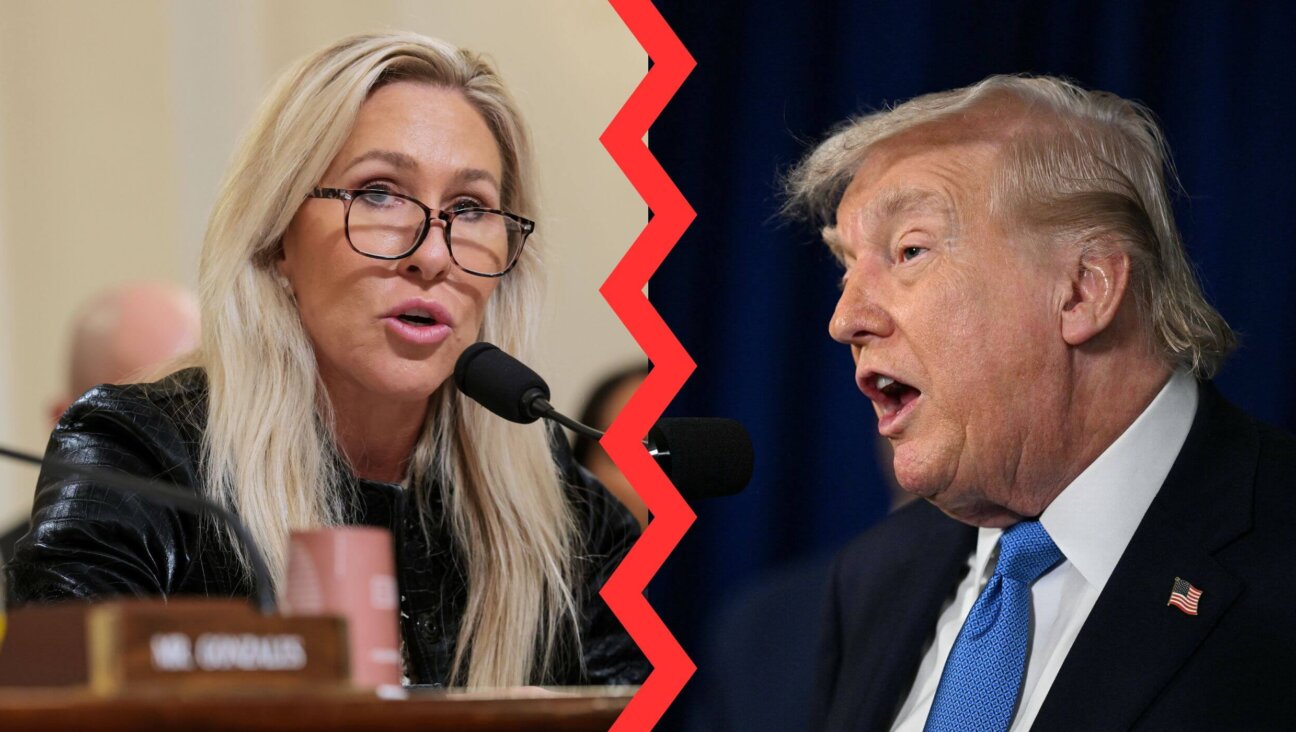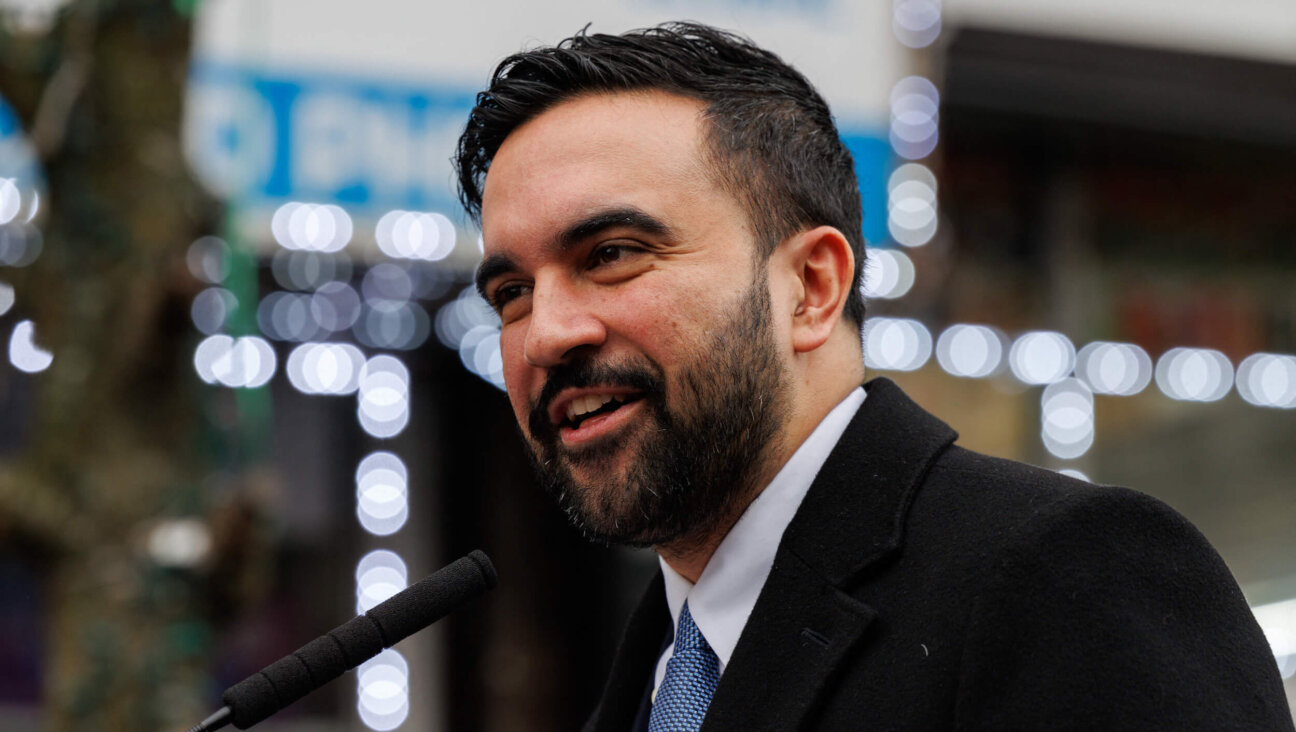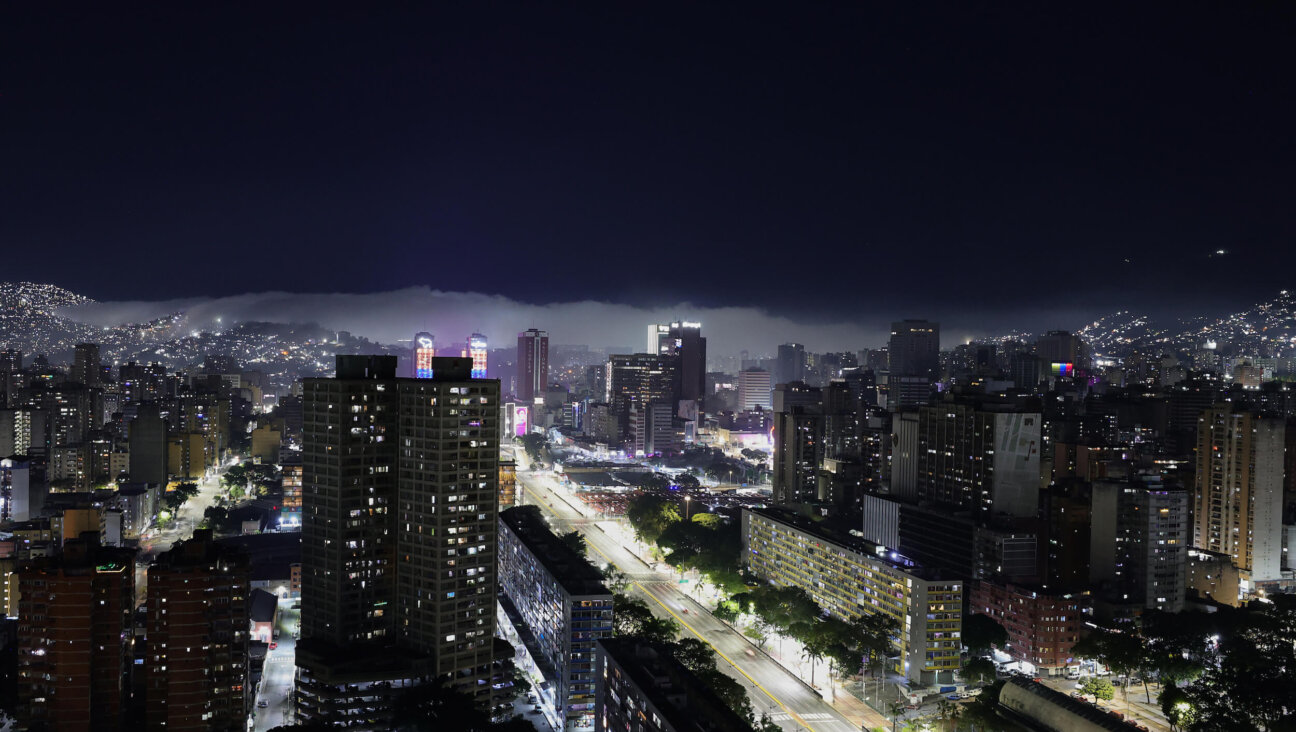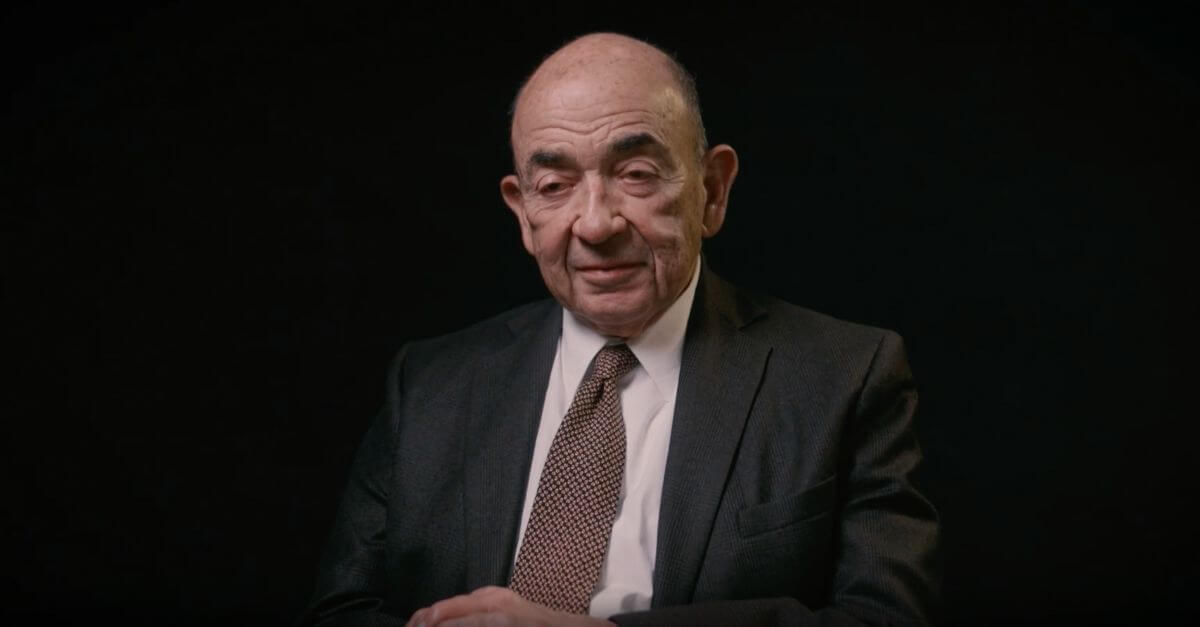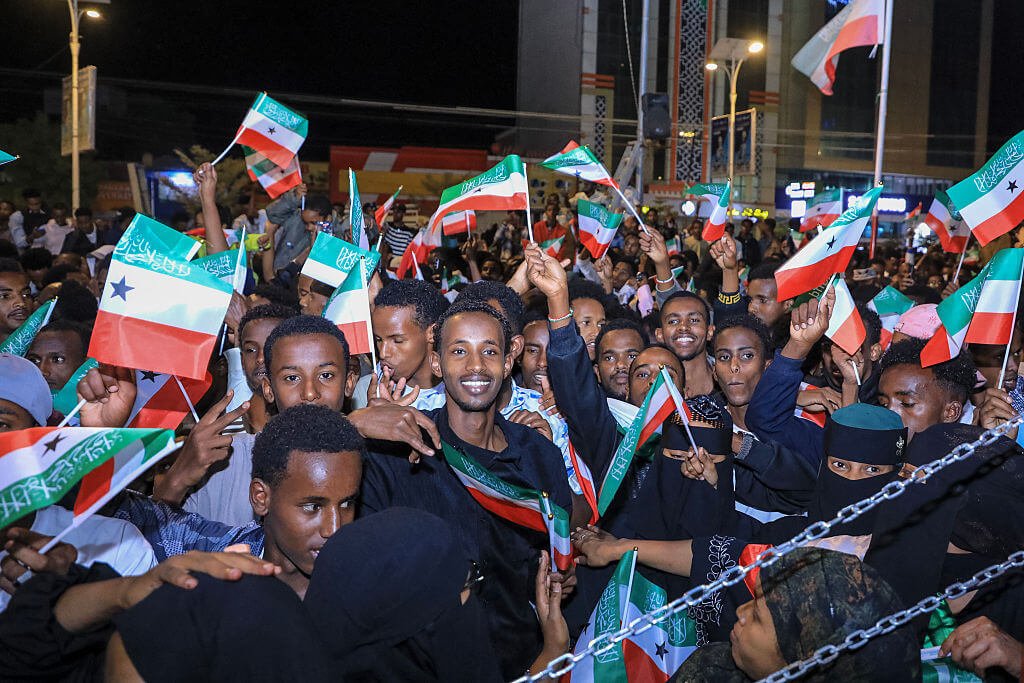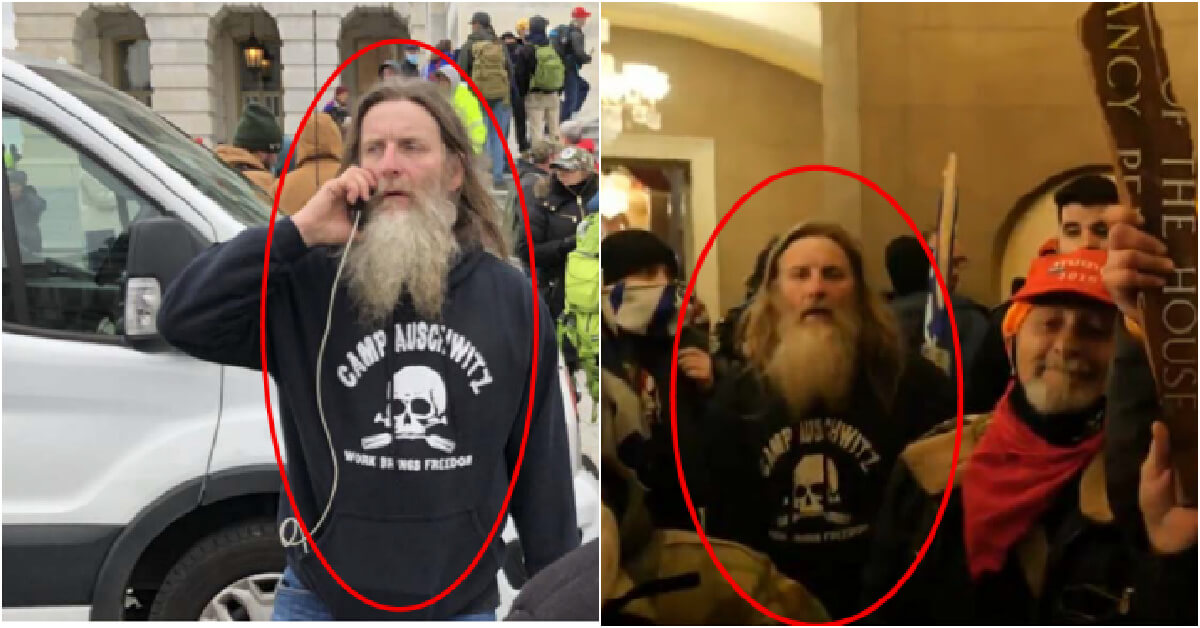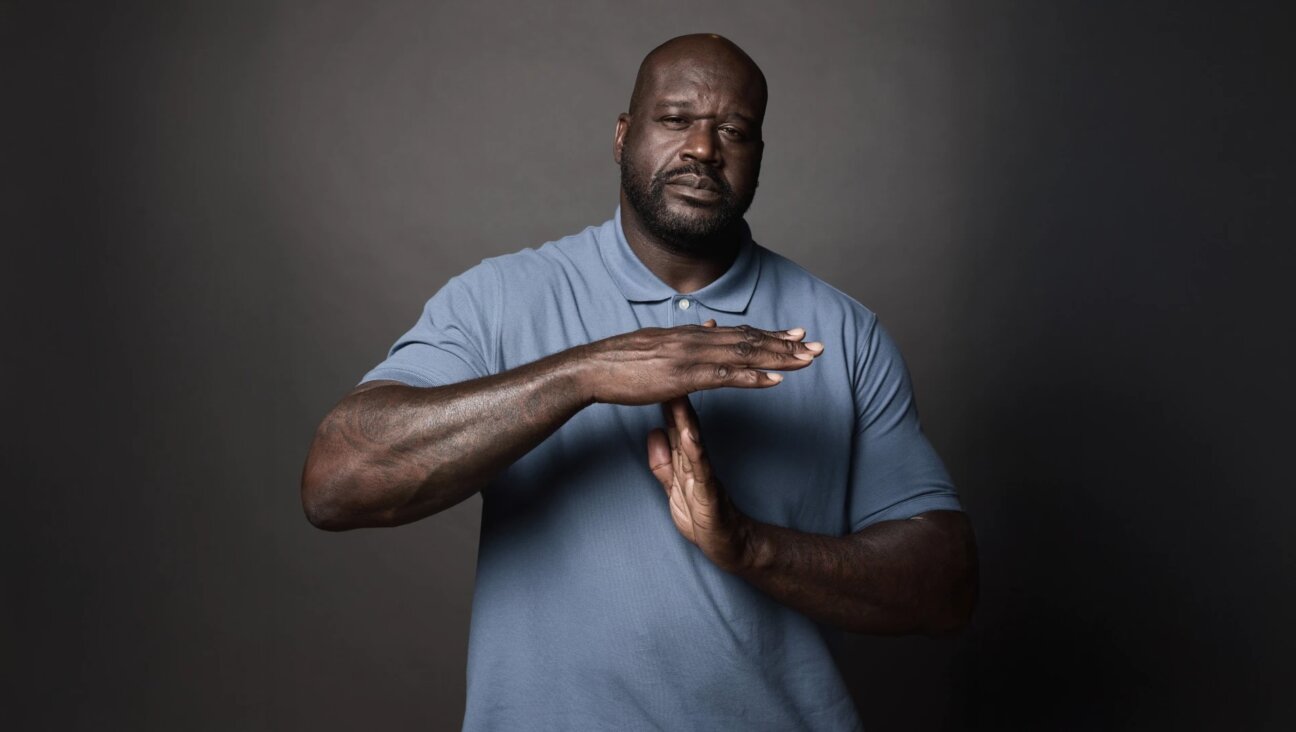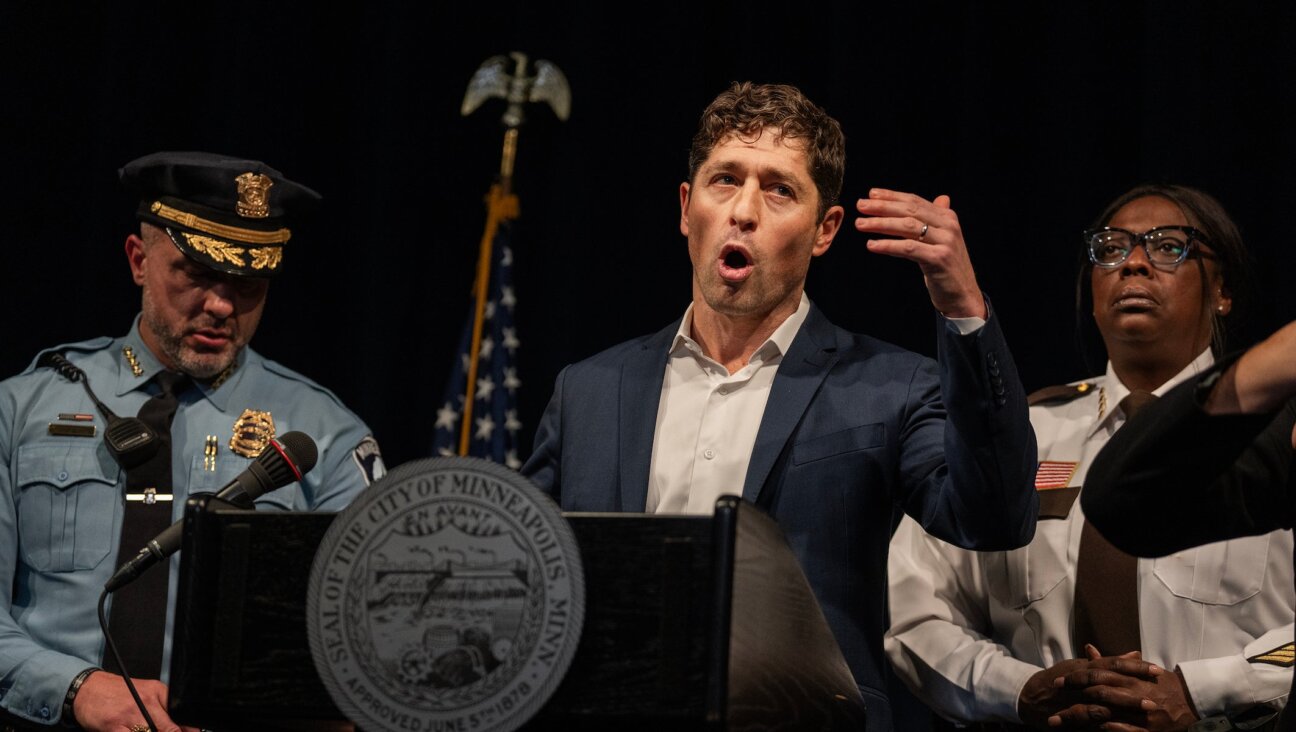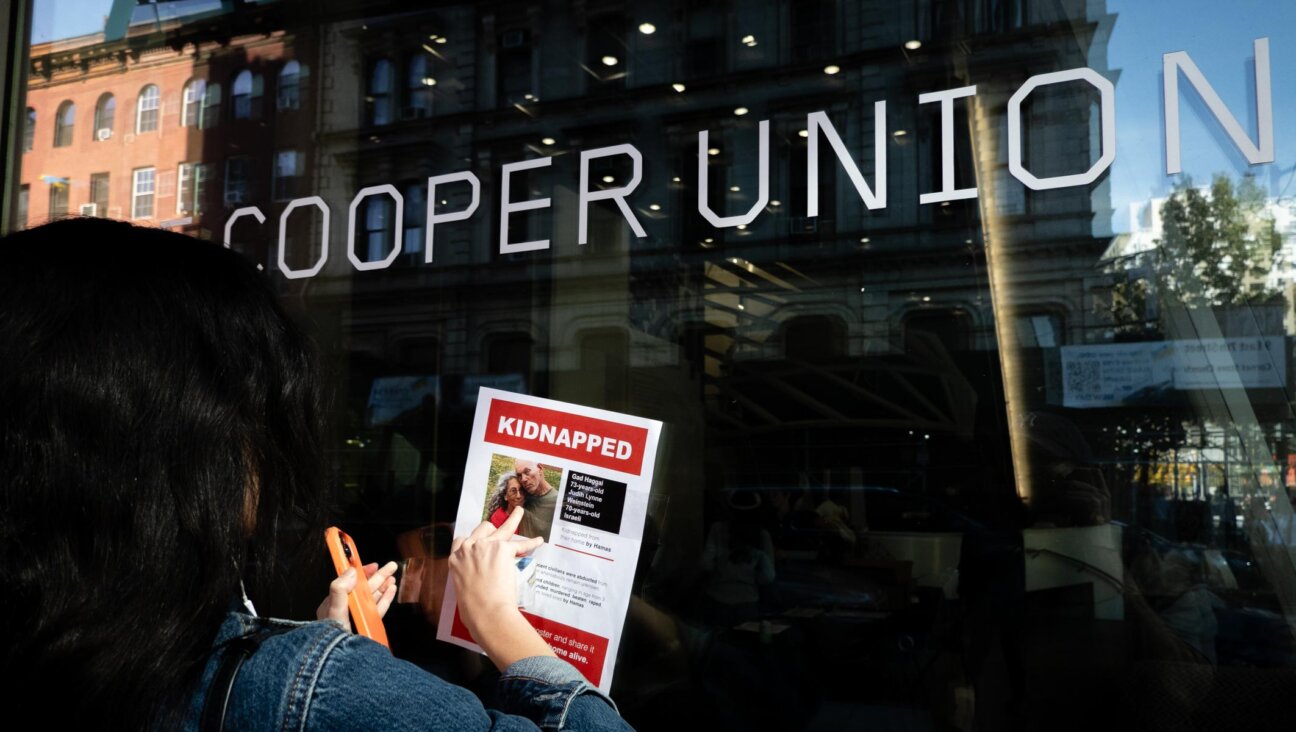What exactly is going on between Israel and Syria — and is the prospect of peace dead?
Yesterday, Israeli airstrikes damaged the Syrian Ministry of Defense in the heart of Damascus
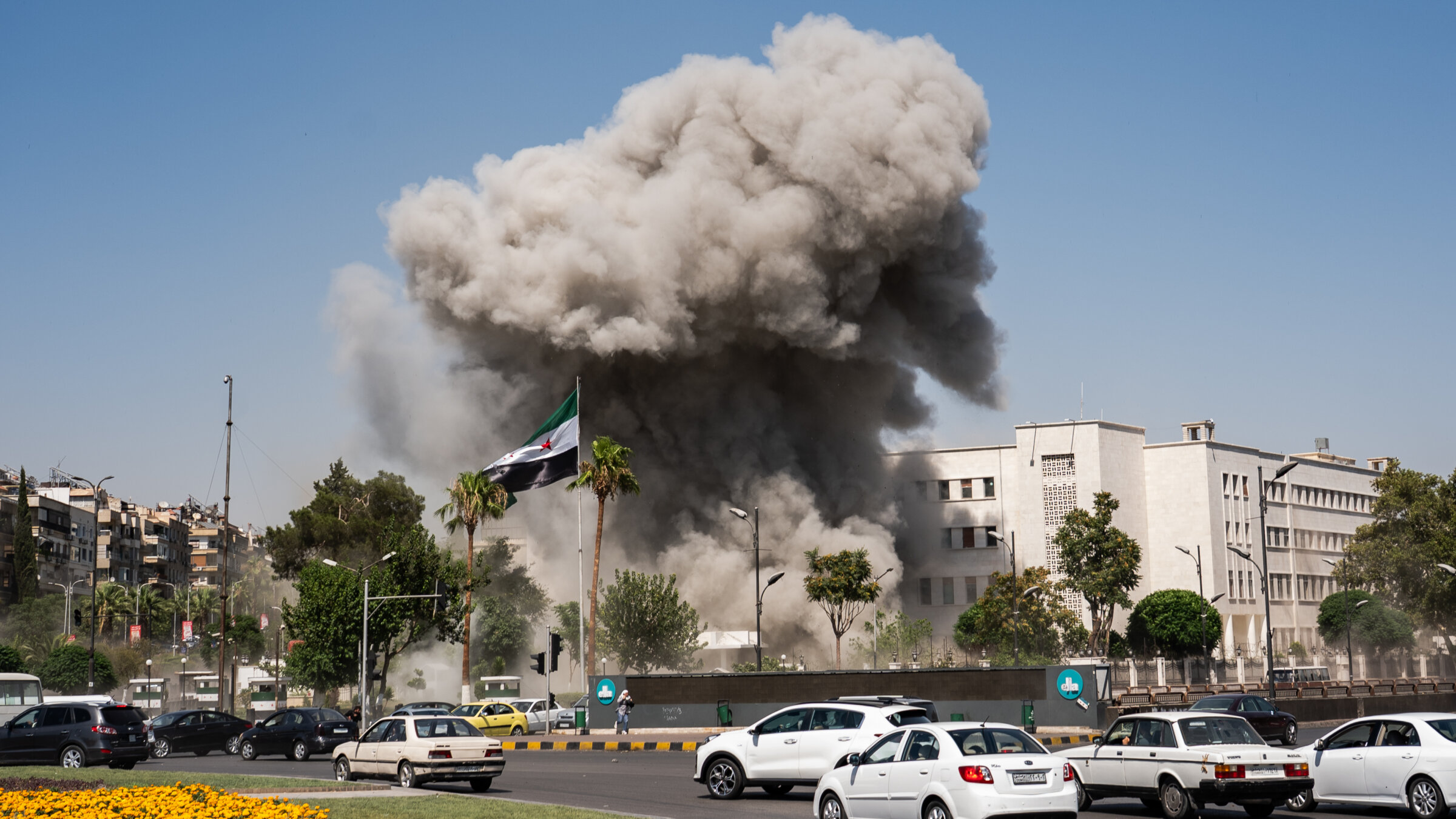
Multiple Israeli airstrikes hit the Syrian Ministry of Defense building at the Umayyad Square in Damascus, July 16. Photo by Salwan Georges/The Washington Post via Getty Images
Amid the exhaustion of ongoing war in Gaza and the aftermath of a bruising air-and-missile conflict with Iran, Israel now confronts the unwanted possibility of big trouble on yet another front — this time with the new regime in Syria.
Until days ago, there was reason to believe a historic thaw between Israel and Syria might be in reach. Syria’s new president, Ahmad al-Sharaa, a former jihadist commander turned suit-wearing nationalist, had floated the idea of normalization. But all that was suspended by a wave of atrocities in the Druze-majority Syrian region of Suwayda, where Syrian regime forces — reportedly including former jihadists now operating under official command — are accused of carrying out a massacre.
During the days of horror, which began July 11 and peaked on Tuesday, Israel launched a flurry of airstrikes, targeting Syrian military assets in and around Suwayda — and, more dramatically, in Damascus, the Syrian capital, about 50 miles to the north. The Defense Ministry building was hit, as was a presidential compound in the hills, in an apparent attempt to compel Syrian troops to leave Suwayda.
Given Israel’s diminished reputation on account of the disaster in Gaza — and the radioactive suspicions of Prime Minister Benjamin Netanyahu’s right-wing government — the Israel Defense Forces taking over swaths of an Arab country, not for conquest but to protect Arab civilians, might inspire disbelief. But that is what occurred, and it was not only at the loud urging of Israeli Druze but some in Syria itself.
Whether Israel ends up in active conflict with Syria’s new rulers will depend on what happens next. For now, the path to escalation is there. But so too — if barely — is the tantalizing hope for Israeli-Syrian peace.
What happened in Suwayda?
The spark for this new conflict appears to have been small: a dispute at a checkpoint run by Sunni Bedouin fighters aligned with the Syrian regime, who detained a Druze civilian. Local militias responded. When the fighting escalated, Syrian military units — including many newly integrated former Islamist fighters and rogue militias — intervened with overwhelming and apparently indiscriminate force.
Reports from Suwayda and nearby villages describe scenes of horror, including entire families executed, women raped and Druze homes looted and burned. Video footage shows regime-affiliated forces desecrating Druze symbols and humiliating spiritual leaders. Eyewitnesses have alleged “large convoys of ISIS fighters” participated in the massacre.
There is still no confirmed death toll, but human rights monitors say hundreds are dead, including dozens of women and children.
Israel’s Druze community, which is fiercely integrated into the IDF and emotionally bound to its Syrian kin, responded with fury. On Wednesday, hundreds of Israeli Druze reportedly crossed into Syria. Some went to try to rescue their families; others said they would fight. The surreal moment was unprecedented, and it currently remains unclear how many Israeli Druze might still be in Syria, or why the IDF allowed this to happen.
Those who entered Syria included two Druze Knesset members, one of whom, Hamad Amar, said he had been asked by the military and police to go in for several hours to persuade civilians to return.
“People don’t understand what’s happening in Syria,” he told Israel Radio. “This is a religious war. The monster growing there can endanger the whole Middle East and Israel first of all.”
Now, things have reached a fragile ceasefire, announced late Wednesday by Syrian authorities and a Druze religious leader. The durability of the truce is, of course, in doubt.
Why did the Israeli Druze react as they did?
The Druze are a small but deeply cohesive religious minority whose presence spans Syria, Lebanon and Israel. The approximately 150,000 Druze in Israel are known for their patriotism and military service — many serve in combat units and elite roles, which is otherwise rare for Arabs. But they also maintain strong emotional and familial ties to their brethren across the border.
Also in the mix are about 25,000 Druze who live in the annexed area of the Golan Heights, who are generally not citizens, although they have the right to be.
For the Israel and Golan Heights-based Druze communities, the images and stories coming out of Syria hit home. Calls for help flooded community centers and Israeli army bases. Within hours, Druze citizens — veterans, reservists and community leaders — began massing at the border.
“The Druze are a unified sect all over the world,” community activist Mana Azan told Israel’s Channel 12. “Whenever our people are harmed in any country, we will protect them. Our people are being massacred, and we must be there.”
Who is Ahmad al-Sharaa — and why was Israel willing to talk?
Sharaa, the new Syrian leader, is no stranger to conflict. Born in Saudi Arabia to Syrian parents, he joined al-Qaida in Iraq in the early 2000s and fought in the Iraqi insurgency before being captured by U.S. forces. Released during the early years of Syria’s civil war, he founded the jihadist al-Nusra Front with al-Qaida’s backing, and eventually emerged as a major figure in the rebel stronghold of Idlib in northwest Syria.
Over time, Sharaa broke with global jihadism and rebranded himself. He merged his group into the now-ruling jihaist coalition Hay’at Tahrir al-Sham, and adopted the language of Syrian nationalism. In 2024, after Israel’s decimation of Hezbollah’s forces and Iran’s consequent withdrawal from the Syrian theater, Assad’s regime collapsed — and HTS played a key role in finishing him off.
Once in power, Sharaa set about transforming his image. He wore Western suits and appointed women to visible roles in government. He reached out to Christians and to Syria’s business class. The West was receptive. President Donald Trump called him “a young, attractive guy.” Sanctions were lifted and investment began to flow: Syria even signed an $800 million port deal with the United Arab Emirates.
Most astonishingly, Sharaa signaled a willingness to engage with Israel. Earlier this week, he met with Israeli officials discreetly in Azerbaijan and, in a major departure from precedent, reportedly did not demand the return of the Golan Heights, seized by Israel in 1967, as a condition for progress.
But the violence in Suwayda now threatens to upend the new government’s fragile experiment, not least because it calls into question whether Sharaa ever truly reformed, or simply restyled.
Meanwhile, voices inside Israel’s government are sharpening — with one cabinet minister, the right-wing Amichai Chikli, even calling publicly for Sharaa’s assassination.
A fragile ceasefire — and a leadership test
The prospects of the ceasefire holding are uncertain. While Sharaa has condemned the violence in Suwayda and promised to punish perpetrators, his actual control over his forces remains unclear.
This is precisely the danger of Syria’s current military model: hastily integrating former extremists into formal units may create short-term cohesion, but it risks legitimizing war criminals — and enabling unrestrained violence under a national banner.
Whether Sharaa ordered the massacre — which seems highly unlikely — or simply lost control, his claim to legitimacy is now on trial. If the ceasefire holds, if he reins in these units, if families are compensated and justice is served, then this awful incident may be viewed as a passed test.
But if impunity reigns, the world will draw a very different conclusion.
For Israel, this is not just about border security. It’s about the kind of Syria it will be dealing with for the next decade or more. A Syria led by a reformed strongman offering peace was one thing. A Syria where former jihadists wear uniforms and slaughter minorities is quite another.

